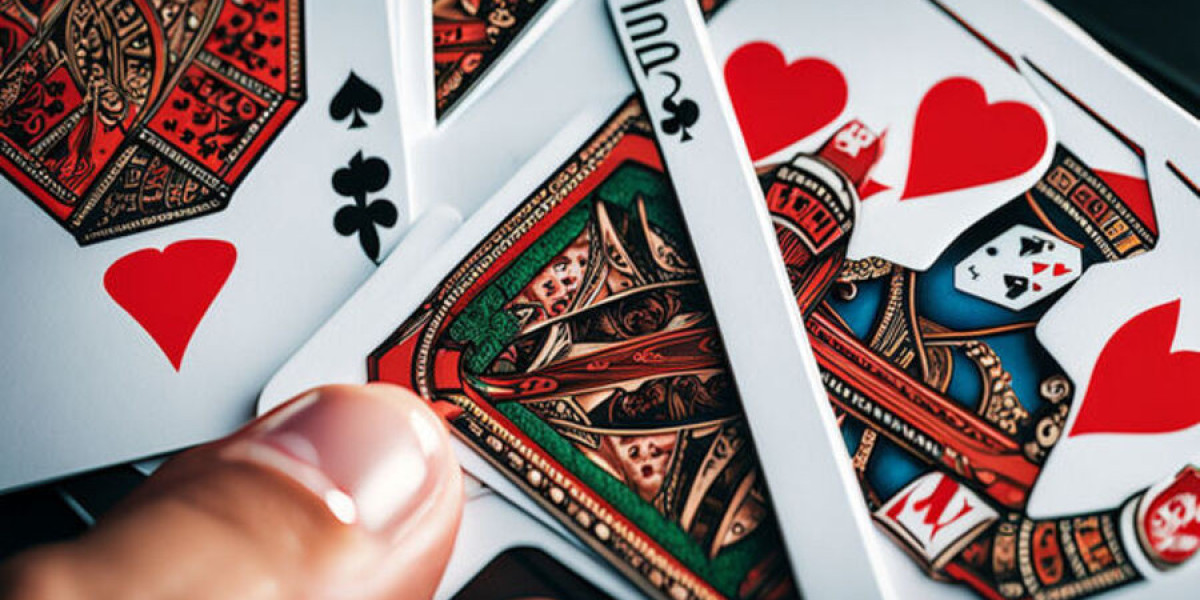In the ever-evolving world of video games, visuals play a crucial role in immersing players and telling stories. While gameplay and narrative mechanics are essential, it's the art style that often leaves a lasting impression. From hyper-realistic warriors to stylized pixel heroes, character design shapes how we perceive and connect with a game's world. As technology continues to advance, so do the creative ways in which artists breathe life into digital characters.
Defining Character Art Styles: The Foundation of Visual Storytelling
Character design isn’t just about how a figure looks — it’s about conveying personality, background, and emotion at a glance. When we talk about character art styles https://ilogos.biz/character-art-styles/, we're referring to the aesthetic approach used to bring game characters to life. This can include color palettes, proportions, shading techniques, and the level of realism or abstraction. Different genres and studios often favor distinct styles, influencing how players experience the game’s mood and setting. From indie charm to AAA polish, the diversity of character art styles continues to expand the visual language of gaming.
Realism: Pushing Boundaries with Life-Like Accuracy
Realistic art styles aim to mirror the physical world as closely as possible. This style is common in AAA titles like The Last of Us, Red Dead Redemption 2, or Call of Duty. These games rely on detailed textures, human anatomy accuracy, and lifelike animations to deliver an immersive experience. Realistic character art is often used to ground stories in believable settings, making emotional moments hit harder and the stakes feel real. However, realism also demands high budgets and powerful hardware, limiting its accessibility for smaller studios.
Cel-Shading: Where Comic Book Meets Console
Cel-shading is a stylistic approach that mimics the flat color and bold outlines of comic books or cartoons. Popularized by games like The Legend of Zelda: Wind Waker, Borderlands, and Jet Set Radio, this style emphasizes a vibrant, playful feel while maintaining visual clarity. Cel-shaded characters often stand out for their expressive animations and exaggerated features, making them memorable and visually distinct. It’s a style that balances artistic flair with technical efficiency, making it a favorite in both indie and mainstream circles.
Pixel Art: Nostalgia with a Modern Twist
Pixel art harks back to the early days of gaming, when technical limitations shaped design decisions. Today, it’s a deliberate choice that taps into nostalgia while embracing innovation. Games like Stardew Valley, Celeste, and Undertale showcase how pixel-based character designs can be emotionally resonant, richly animated, and artistically sophisticated. This style offers creative freedom, allowing developers to focus on strong storytelling and gameplay mechanics without needing hyper-realistic visuals.
Anime-Inspired: Expressive, Dynamic, and Culturally Rich
Anime-inspired character art has exploded in popularity, especially in JRPGs, mobile gacha games, and fighting games. Titles like Genshin Impact, Persona 5, and Fire Emblem exemplify this trend. The style features exaggerated facial expressions, sleek linework, and vibrant colors, designed to emphasize emotion and action. With global anime fandom on the rise, this art style has successfully transcended its Japanese origins to become a worldwide staple in character design.
Hybrid Styles: Blending Techniques for Unique Identity
Modern games are increasingly experimenting with hybrid styles — mixing elements from multiple traditions to create something entirely new. A game might blend realism with cel-shading, or combine pixel art with 3D environments. Titles like Hades or Cuphead show how merging styles can produce visually groundbreaking results. These approaches allow studios to define their own artistic identities, breaking free from genre conventions.
The world of video game character art is as diverse as the players who enjoy it. Whether grounded in realism or dancing through surreal, stylized worlds, every art style brings its own magic to the screen. Understanding the different character art styles not only deepens our appreciation for design but also reveals how much love and thought goes into each pixel, stroke, and model. As technology and artistic freedom grow, the future of character design in gaming looks more imaginative than ever.







